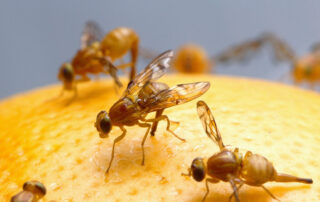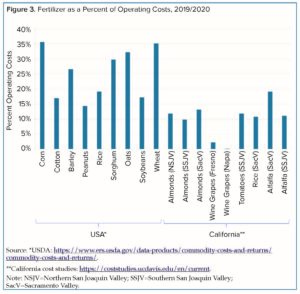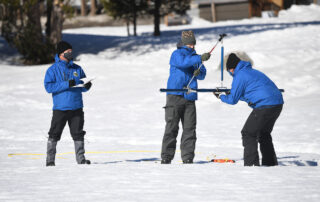Lynda and Stewart Resnick Pledge $50M to UC Davis for Sustainability Research
Historic Gift Funds New Center for Agricultural Innovation and Research Grants to Drive a Sustainable Future |
| The University of California, Davis, today announced that philanthropists Lynda and Stewart Resnick, co-owners of The Wonderful Company, have pledged the largest gift ever to the university by individual donors. The $50 million pledge will support the school’s longstanding commitment to address today’s most pressing challenges in agriculture and environmental sustainability.
The $50 million gift will establish the Lynda and Stewart Resnick Center for Agricultural Innovation, with $10 million of the Resnicks’ gift to be directed toward annual competitive research grants through the Resnick Agricultural Innovation Research Fund. Their donation also supports UC Davis’ $2 billion fundraising campaign, “Expect Greater: From UC Davis, for the World,” the university’s largest philanthropic endeavor to date.
“Protecting and preserving our planet for the future means we must take bold steps and push the boundaries of what’s possible,” said Stewart Resnick, who is also a member of the UC Davis Chancellor’s Board of Advisors. “UC Davis is at the forefront of tackling climate change, developing groundbreaking technologies and solutions to reduce our collective carbon footprint, and creating a more sustainable agriculture system. This gift aims to help our greatest scientific minds rise to the great challenge of our time — the sustainability of our planet for future generations. Lynda, I, and The Wonderful Company are proud to partner with UC Davis to support this all-important work.” |






















